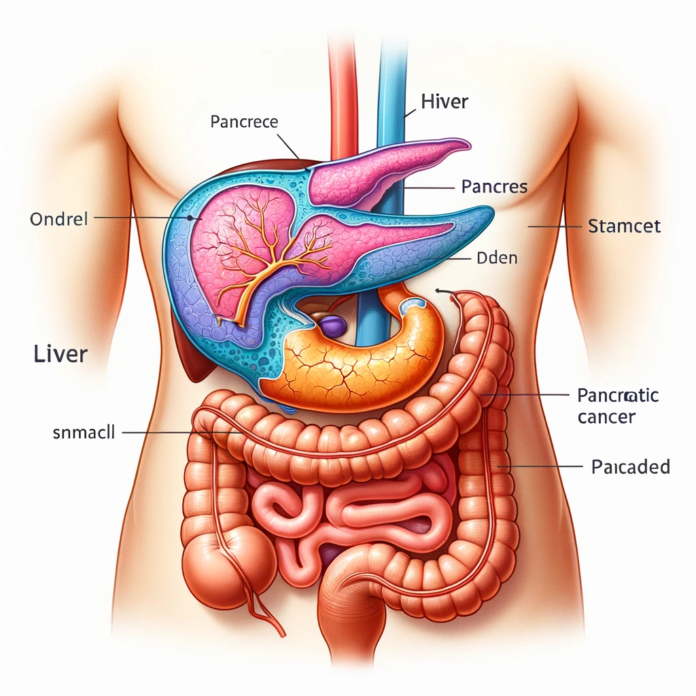
Pancreatic cancer, a formidable disease, often goes undetected in its early stages, making it one of the most challenging cancers to diagnose and treat. The pancreas, a vital organ located behind the stomach, plays a crucial role in digestion and regulating blood sugar. Pancreatic cancer’s subtlety in early symptoms often leads to late diagnosis, underscoring the importance of awareness and understanding of its potential signs.
The complexity of this disease lies in its silent progression. Symptoms, when they do appear, are often vague and can easily be mistaken for less serious conditions. This article aims to shed light on the ten key symptoms of pancreatic cancer. By understanding these symptoms, individuals can seek timely medical advice, potentially leading to early detection and improved outcomes.
1Jaundice
Jaundice, characterized by the yellowing of the skin and eyes, is a common symptom in pancreatic cancer patients. This occurs when the tumor blocks the bile duct, preventing bile from reaching the intestines and causing bilirubin to build up in the body.
In the initial stages, jaundice may be subtle, but it progressively becomes more noticeable. The yellowing is often more apparent in natural light and may be accompanied by dark urine and light-colored stools. It’s important to note that while jaundice can be a sign of several conditions, its presence in combination with other symptoms listed here warrants immediate medical attention.
Besides the visible changes, jaundice can cause itching. This itchiness is due to the accumulation of bile salts in the skin and can be quite severe. It’s crucial for individuals experiencing these symptoms to consult with a healthcare professional, as early detection can significantly impact the treatment options and prognosis of pancreatic cancer.












